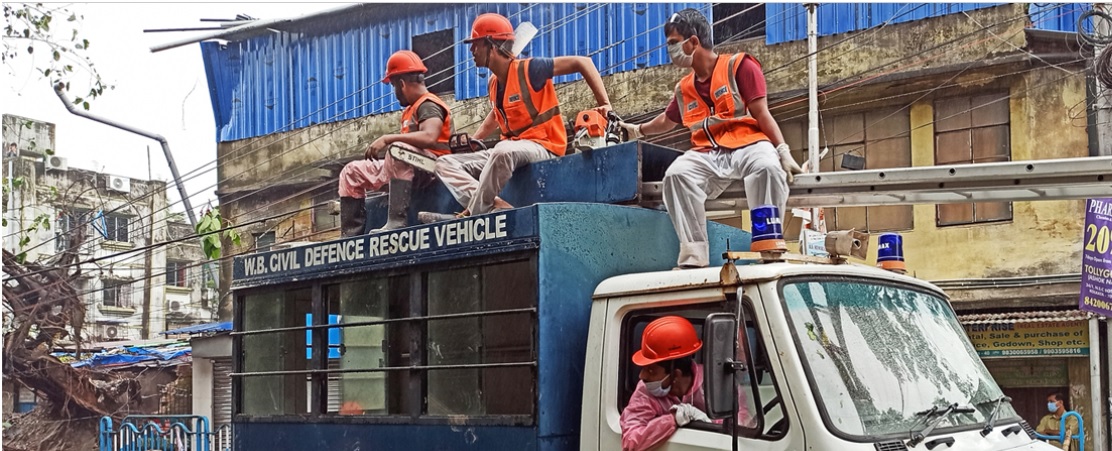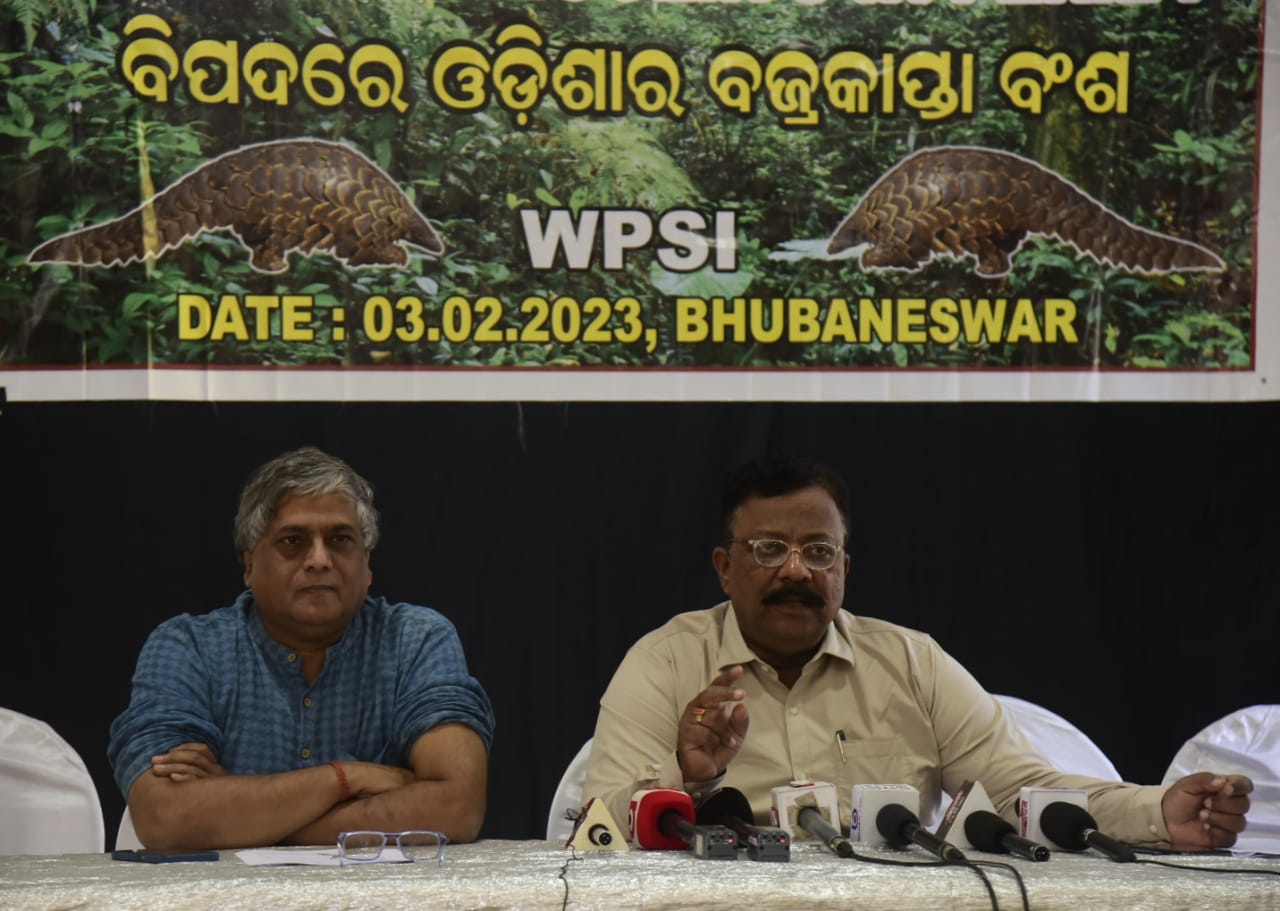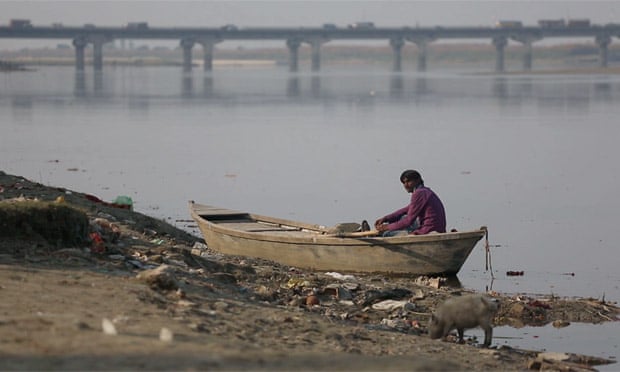
By-Sahana Ghosh
- Cyclone Nisarga hit the western coast of India on June 3. It comes close on the heels of cyclone Amphan that impacted the eastern coastal states in India.
- The extreme weather events that have come to Maharashtra and West Bengal and their coastal capital cities, against the backdrop of environmental degradation, are overlapping with COVID-19 which is widespread in these areas.
- The two cyclones highlight the urgency for climate adaptation and resilience in India’s coastal cities.
- COVID-19 recovery offers a chance to further climate action by giving due importance to sound environmental responses, plans, and policies.
Impacts of two tropical cyclones, cyclone Nisarga in Maharashtra and Gujarat and cyclone Amphan in West Bengal and Odisha, have reinforced the urgency of climate adaptation and building resilience into urban and environmental planning for coastal megacities.
The two states and their capitals (Maharashtra/Mumbai and West Bengal/Kolkata) are currently grappling with overlapping disasters (extreme weather events and COVID-19), against the backdrop of environmental degradation with choking rivers and wetlands and mangroves that buffer from cyclones shrinking due to urbanisation and expansion. Exposed to rising sea levels and high population density, the low-lying cities are prone to flooding during the monsoon which has set in.
Nisarga made landfall near Alibaug in coastal Maharashtra’s Raigad district on June 3 as a severe cyclonic storm with a wind speed of 100-110 kmph gusting to 120 mph. Mumbai, India’s commercial capital, narrowly escaped the cyclone’s fury. It caused minimal damage to life and property said National Disaster Response Force chief R.N. Pradhan, according to media reports.
Mumbai is India’s most populous city with 20 million residents. The state currently accounts for one-third of India’s COVID-19 cases. In addition to the pandemic and cyclone, locust swarms have been sighted in parts of eastern Maharashtra, in what is said to be the largest locust swarm in close to three decades.

On the opposite coast of India, barely a fortnight ago, cyclone Amphan barrelled into coastal West Bengal, Odisha (and neighbouring Bangladesh) fueled by unusually warm waters of the Bay of Bengal. It became one of the strongest cyclones in the recorded history of the north Indian Ocean.
Climate scientist Roxy Mathew Koll, lead author of IPCC Special Report on Oceans and Cryosphere in a Changing Climate said that the impact is more when multiple extremes come together. “We call them compound events. Some of the heaviest rains occurred during cyclone Amphan. Some parts of Kolkata recorded about 200 mm in 24 hours which is like a month’s rainfall. That happened not only due to the intensity of the cyclone but also because we have more moisture in the atmosphere due to warmer climatic conditions,” Koll, Indian Institute of Tropical Meteorology told Mongabay-India. “These compound events are increasing and are largely affecting the tropics where you have the vulnerable populations who do not generally have access to early warning systems and the benefit of long-term climate change policies and vision in terms of adaptation and mitigation,” said Koll.
According to the Intergovernmental Panel of Climate Change’s Fifth Assessment Report (AR5), by the 2070s, Asian port cities like Mumbai and Kolkata, could be most at risk, in terms of population and assets exposed to coastal flooding. Half to two-thirds of Asia’s cities with 1 million or more inhabitants are exposed to one or multiple hazards, with floods and cyclones the most important.
The frequency of cyclones is more in the Bay of Bengal than in the Arabian Sea: four tropical cyclones in the Bay of Bengal while the Arabian Sea experiences one. The total systems of cyclonic storms formed in the Bay of Bengal over an 80 years span (1933 to 2012) exceed those of the Arabian Sea because it is relatively colder than the Bay of Bengal, so fewer systems are formed. “However, rapid warming is making it fertile for cyclone formation. This could be one reason for an increase in the number of cyclones in the Arabian Sea,” said Koll.
Experts have stressed that COVID-19 recovery presents a strategic opportunity to transition to a sustainable world by advancing the climate agenda, considering climate implications in economic recovery programmes and giving due attention to sound environmental responses, plans, and policies.

Protecting natural defenses
Impacting communities, cyclone Amphan also damaged one-third of the mangroves in the Indian Sundarbans, named as a Wetland of International Importance by the Ramsar Convention in 2019.
Sujoy, a school student who lives along the shrinking East Kolkata Wetlands in Kolkata, a periurban ecosystem that is also Ramsar site, said the cyclone also damaged the green cover around the wetlands. Sujoy learned about the ecosystem services provided by EKW, as part of activities in the Disappearing Dialogues project that aims to assist the preservation of existing heritage, culture, and environment of regions that are disintegrating. “A substantial portion of the trees were uprooted which will impact the tranquility that we used to experience,” Sujoy of Kheadaha Higher Secondary school, told Mongabay-India.
In Mumbai, a 66 square km of mangrove cover cushions the city’s coastline, but it is under continuous threat from the consequences of rapid urbanisation and population surge, Mongabay-India had earlier reported.
Activists have been fighting for the cause of natural protectors like mangroves and salt pans even as flooding incidents regularly occur in the coastal capital of Maharashtra. Ahead of World Environment Day on June 5, a Mumbai-based NGO drew attention to the disappearing mangroves and wetlands in an online petition addressed to the Prime Minister and Maharashtra’s chief minister’s office. The petition also pointed to the World Health Organisation manifesto for a green and healthy recovery from COVID-19 that discusses protection and preserving nature as the source of human health, and building healthy cities.
Climate adaptation expert and IPCC author Anjal Prakash reiterated the findings of the Madhav Chitale committee report following the July 26, 2005 Mumbai/Maharashtra flood during which Mumbai received the highest ever rainfall recorded in one day in any city. The recommended corrective actions, including protecting mangroves, must be followed through by the local authorities, he said.
“The report had highlighted inadequate drainage systems, rapid development, and loss of water bodies that used to act as flood control and discharge of effluents in the Mithi river. They have laid out a roadmap in terms of what you could do,” said Prakash with the Bharti Institute of Public Policy of the Indian School of Business.
IPPC author Joyashree Roy asserted it is not about lack of money but about the right economic planning towards sustainable development and choices for appropriate policies.
“Since 2007 Kolkata was the only state in India that had the privilege of having IPCC dissemination meetings at regular intervals to get first-hand knowledge and reports from IPCC secretariat. But the policymakers did not take it with due seriousness. Amphan was not just another event in the city. It was for communicating urgency,” IPPC author Joyashree Roy, told Mongabay-India, referring to Amphan’s impact on Kolkata.

Making physical assets climate resilient
We have to make physical assets climate-resilient, said Roy, Asian Institute of Technology, Thailand. “We need different sets of building codes for various disaster-prone areas and they need to be implemented for all houses.”
“What we also need are locally built safe drinking water sources that can be even ground water-based because the need is very less. For agriculture, we need better water efficiency systems so that water demand decreases.”
Following the 2015 floods in Chennai and Mumbai and the December 2015 Paris Agreement, Kolkata Municipal Corporation, in 2016 became the first city in India to prepare a comprehensive roadmap to move the city towards a low carbon and climate-resilient future, with the UK government’s support.
A review article that examined the quantification, management and climate change impacts of flood risks in Surat, Mumbai, Chennai, and Kolkata, said the region (Kolkata city) is undergoing land subsidence, and this can be a boosting mechanism for future floods in the region.
Although the population in the region has adapted to flood risks as it is not very severe and long-lasting, adaptation strategies can change in the wake of severe floods induced by climate change scenarios, the review suggests. In an attempt to make the city more resilient to climate, the Kolkata Municipal Corporation is testing a sensor-based flood forecasting and early warning system.
Among the four cities, Mumbai followed by Surat (Gujarat) are most vulnerable in terms of flood risks associated with anthropogenic activities. Another factor which exacerbates flood risk in all these cities is the lack of proper drainage and sewerage system. An assessment of climate change impacts on Mumbai observed that by 2080 the likelihood of floods similar to the 2005 flood is more than double.
The study said that for the four cities, future planning and management of flood risks in these cities should also include economic minorities for the sustainability of city environments. It also underscored the implementation of early warning systems combined with information technology in flood risk management and adaptation strategies.
IIT Kharagpur’s Saptarshi Ghosh who examines social media in the context of disasters said a lot of useful content is posted over online social media in the aftermath of a disaster that can be used in two ways: to help immediate post-disaster relief operations and to enhance preparedness for future disaster events. “We can identify vulnerable regions, what resources are usually needed in the aftermath of a disaster in an Indian city, etc.”
Working with collaborators from IIT Bombay, Ghosh used case-studies of two flood events in Indian cities – the 2015 Chennai floods and the 2017 Mumbai floods — and showed how content posted on Twitter can be used in the two ways: post-disaster relief and future disaster preparedness.

Community collaborations, education, and climate resilience
Stepping up climate change education is also a key mitigation tool and the UNESCO states education is an essential element of the global response to climate change. India’s National Policy on Disaster Management calls for disaster education in schools to develop a culture of preparedness and safety, besides implementing school disaster management plans.
But monsoon floods damage and destroy thousands of schools each year in India. In 2017, considered as South Asia’s (India, Nepal, and Bangladesh) worst flooding in years, at least 18,000 schools were damaged or destroyed. India’s policy also stresses on discouraging “the need to use the premises of educational institutions for setting up relief camps.”
However, school buildings do double up as relief camps during disasters and in 2020, they have been converted to quarantine shelters to deal with COVID-19 cases during the lockdown.
Artist and art educationist Nobina Gupta who runs Disappearing Dialogues that engage with school students said the need of the hour is also to support and aid the community towards trajectories of self-resilience.
“Even within such adversity (Amphan), we came across multiple examples of local efforts and ingenuity to better the general condition of the area. Regardless of state support and administrative help (which has been very little), people themselves have stepped up to create local solutions using their own practices. They are themselves cleaning the streets, repairing broken houses, sheltering the homeless community members,” Gupta told Mongabay-India.
“Rebuilding using traditional practices and knowledge are key strategies, which we also intend to support. For all these activities, social institutions like schools are extremely important – we hope our links to the school children and the staff would serve as a valuable entry point to organise the local community in this fight for survival.”
Banner image: Workers undertaking emergency operations in Kolkata after Cyclone Amphan struck the city. Photo by Tirthankar Das.
The story first appeared on Mongabay India. Read the full story here.






